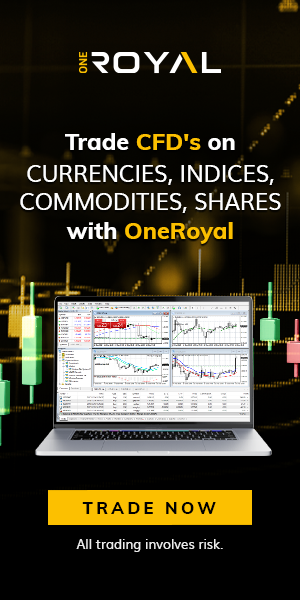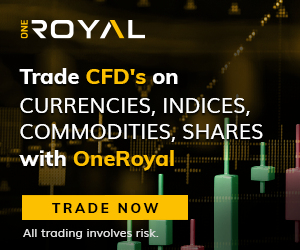European Stability Mechanism (ESM)
The European Stability Mechanism (ESM) is a permanent financial organization that Eurozone countries established in 2012 to help stabilize the economy during crises. It helps in providing financial assistance to Eurozone countries that cannot borrow from the market because of



